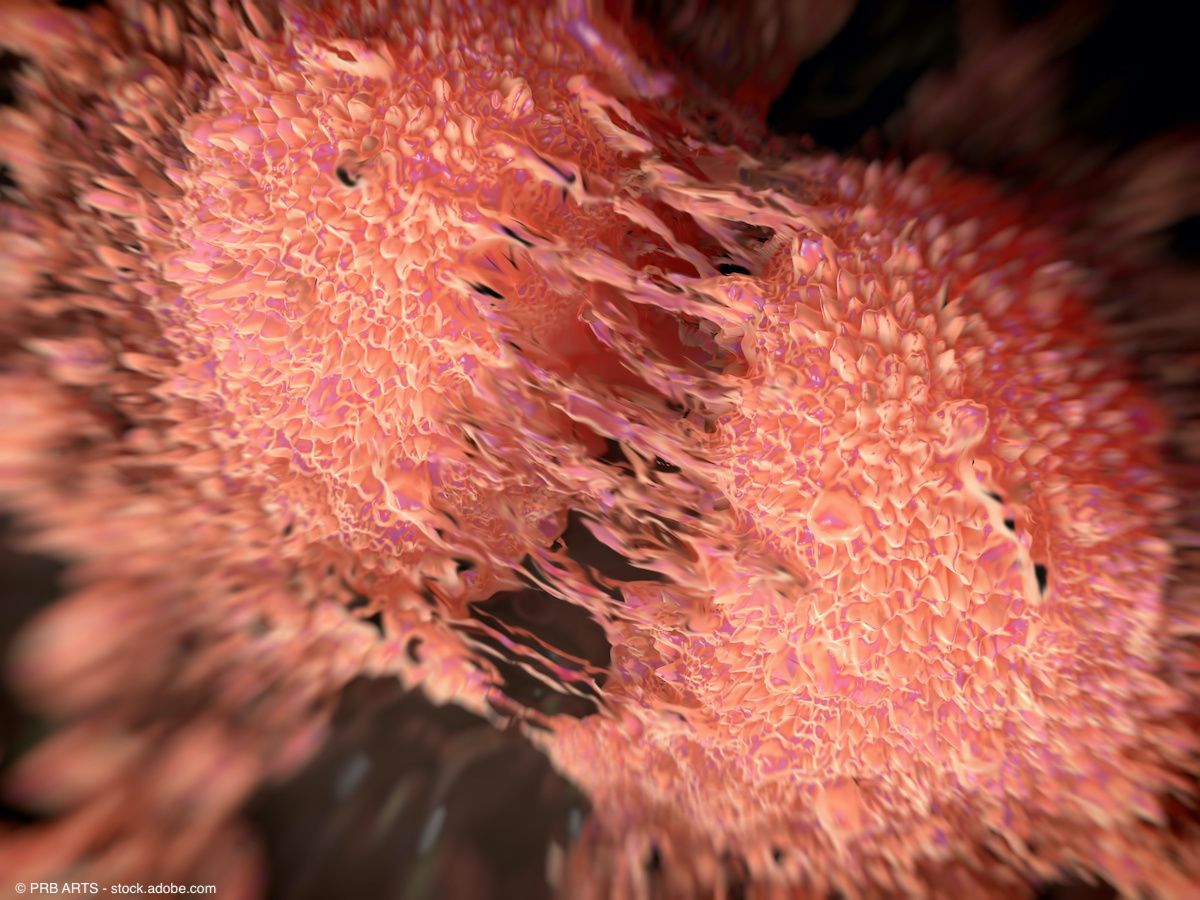Article
Bone biomarkers found to be prognostic for overall survival in prostate cancer
Author(s):
“These results validate the clinical value of bone biomarker assessment in the HSPC state," state the authors.
Recent data from the randomized phase 3 SWOG S1216 study show that high levels of certain bone turnover biomarkers are associated with earlier mortality in men newly diagnosed with hormone-sensitive prostate cancer (HSPC).1,2
The investigators also found that high levels of bone biomarkers were not predictive of a survival benefit to orteronel

The results were published in European Urology.
“Ultimately, our findings add to the growing understanding of the complex interplay between cancer and bone metabolism, which will also help us design of future clinical trials,” said study author Mamta Parikh, MD, MS, in a news release on the findings.2 Parikh is a medical oncologist at the University of California, Davis Comprehensive Cancer Center.
In total, the investigators identified 949 men with HSPC who were initiating androgen deprivation therapy (ADT) and had bone biomarkers that could be included for analysis. Biomarkers for bone loss and bone formation were measured, which included BAP, CICP, CTx, and PYD. In addition to ADT, patients were randomized 1:1 to receive orteronel (300 mg) orally twice daily or bicalutamide ([Casodex] 50 mg) orally once daily.
Patients were also divided into training (n = 316) and validation (n = 633) sets. Training set data were used to determine the ideal univariate split point in which survival risk became elevated.
Median patient age for those included in the study was 67 years. A Gleason score above 7 was seen in 60% of patients. In total, 75% of men had bone metastases at the start of the study.
Data showed that higher baseline serum levels of each of the bone metabolism biomarkers were significantly associated with an increased risk of mortality, even after adjusting for clinical risk factors in the validation set.
Men who had low levels of BAP had an overall survival (OS) of 6.8 years, compared with 3.3 years for those with high levels of BAP. Men who had low levels of CICP had a median OS of 7.6 years, compared with 2.4 years for those with high levels of CICP. Men who has low CTx levels had a median OS of 7.7 years, compared with 4.0 years for those who had high levels of CTx. Men with low PYD had a median OS of 8.2 years compared with 3.4 years for those who had high levels of PYD.
The investigators also found that high levels of bone biomarkers were not predictive of a survival benefit to orteronel (P > 0.4 for all markers), the investigational agent used in the study.
“These results validate the clinical value of bone biomarker assessment in the HSPC state, extending bone biomarker utility beyond the castration-resistant state,” concluded the authors.
References
1. Lara Jr PN, Mayerson E, Gertz E, et al. Bone biomarkers and subsequent survival in men with hormone-sensitive prostate cancer: results from the SWOG S1216 phase 3 trial of androgen deprivation therapy with or without orteronel. Eur Urol. [published online ahead of print April 19, 2023]. Accessed May 19, 2023. doi: 10.1016/j.eururo.2023.03.036.
2. Strong link between bone biomarkers and prostate cancer survival. News release. UC Davis Health. May 9, 2023. Accessed May 19, 2023. https://www.newswise.com/articles/strong-link-between-bone-biomarkers-and-prostate-cancer-survival?sc=mwhr&xy=10016681














